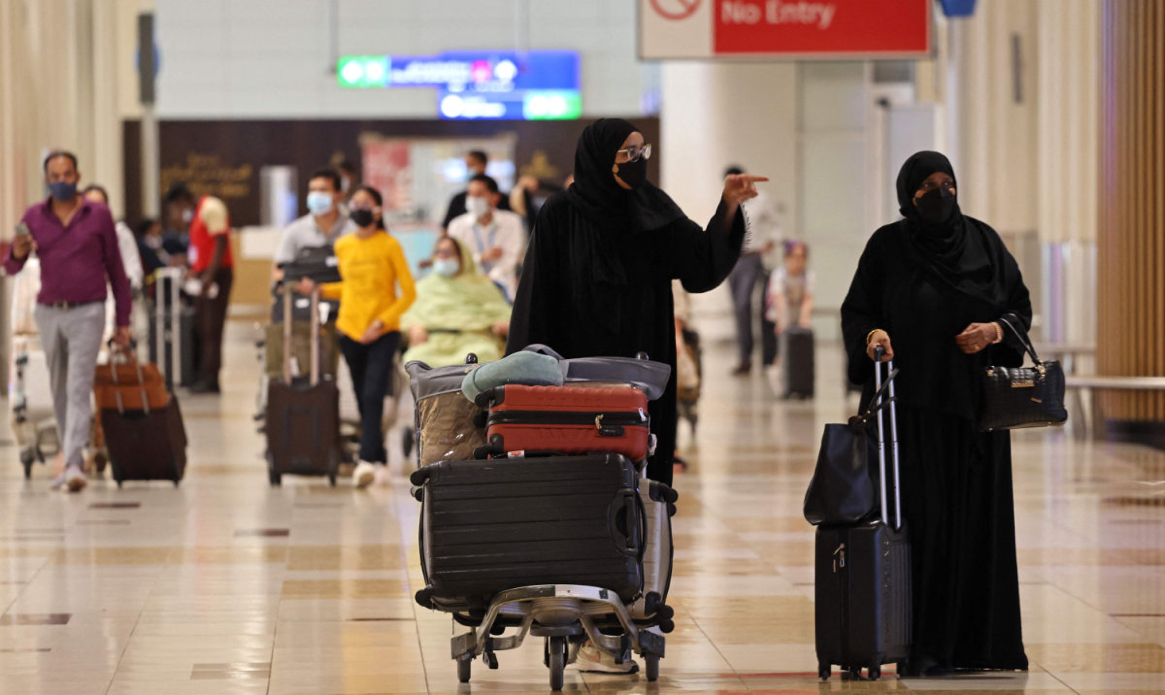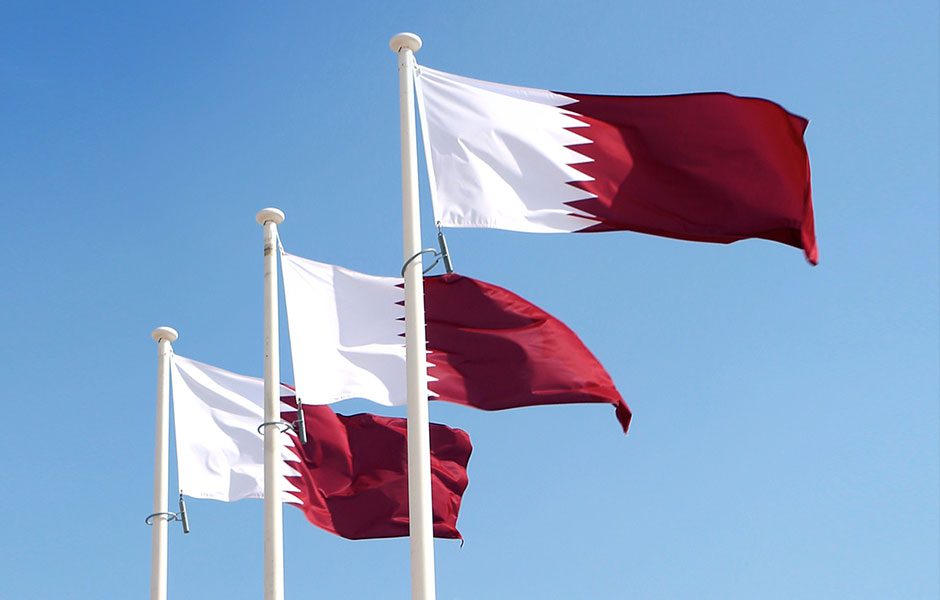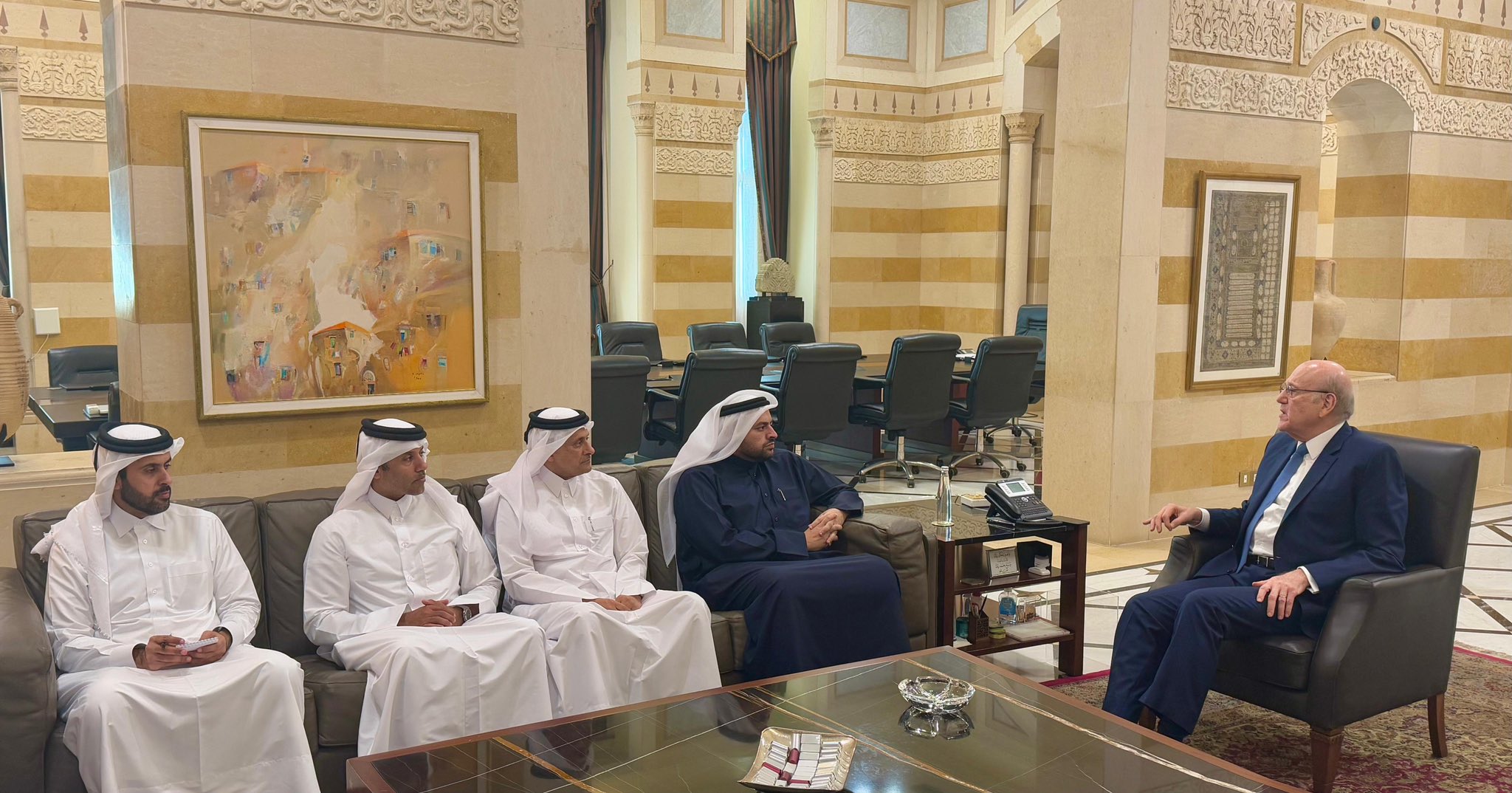This year’s World Cup is the most expensive FIFA tournament in history, costing $220 billion, almost 20 times what Russia spent in 2018.
Qatar welcomed nearly 180,000 visitors in October, marking a six-year high, according to Qatar Tourism data analysis.
The increase is largely due to a multitude of events, new launches, and football fever.
Throughout the year, visitors have steadily increased month on month, with the latest October statistics nearly exceeding a third (or 32% more than October 2017) higher than pre-pandemic levels, the data shows.
Visitors from the Gulf Cooperation Council (GCC) made up more than a third of all foreign visitors to Qatar in October, drawn by the country’s attractions and family-friendly activities.
Non-GCC tourists made up 66% of all visitors in October, an increase of 10% from the previous month.
Arrivals from outside the GCC were primarily from India, which accounted for 13%, while the United Kingdom made up 4%, and the United States 3%.
Seventy percent of visitors chose to travel by plane this month, while 29% traveled by land, and 1% travelled by water.
Visitors to Qatar were greeted with a jam-packed calendar of launches and openings in October, including the reopening of the Museum of Islamic Art (MIA), upscale shopping centres, and a flurry of top-tier luxury hotels.
With an active calendar, Qatar has experienced a remarkable comeback in its tourism industry this year, with more than one million travellers choosing Qatar as their preferred destination so far – up from 611,000 in 2021.
Given the recent rise in visitors, the number of room keys supplied in the country’s hotels for October increased by 8% year over year.
World Cup prosperity
Analysts believe the World Cup 2022 is expected to have a major economic impact on the Gulf country, enabling the tourism sector to flourish as Doha doubles in size.
Qatar was recently ranked as the richest Arab country and the fourth wealthiest worldwide, as per findings by Global Finance.
“The per-capita GDP of a Qatari citizen was over $143,222 in 2014, it was ‘just’ $97,846 a year later, and to this day it remains barely above that level,” read the report.
The Gulf state was followed by the UAE, Bahrain, Saudi Arabia, Kuwait, and Oman. Qatar’s ranking comes as its economy continues its post-pandemic recovery, described as “the fastest growing economy” by the World Bank.
The country’s real Gross Domestic Product (GDP) is expected to increase by 4.9% this year, followed by a 4.5% growth in 2023 and 4.4% rise in the year 2024.
“Still, the country’s oil, gas and petrochemical reserves are so large, and its population so small—just 2.8 million—that this marvel of ultramodern architecture, luxury shopping malls and fine cuisine has managed to top the list of the world’s richest nations for 20 years,” said the Global Finance.
The report said Qatar’s economic growth will also be the fastest in comparison to other GCC states throughout the years 2023 and 2024.
Attracting investment
Amir Sheikh Tamim bin Hamad Al Thani has said his country is introducing legislative amendments to encourage commercial transactions, enhance competition, and ensure consumer protection.
One such development includes allowing foreign investors 100% ownership of companies, which has “led to a significant increase in the volume of domestic and foreign investment”.
Foreign direct investment increased by 27% in 2021 in comparison to 2020, said Sheikh Tamim.
Doha says it will invest $45 billion in tourism after the World Cup and hopes to nearly double the sector’s GDP contribution over the next 16 years.
After the major sporting event concludes in December, the sharp increase in supply is predicted to put downward pressure on occupancy rates.
However, the elevated profile provided by hosting the event, development of significant tourism infrastructure, lifting of the blockade and global travel recovery are all expected to support the growth prospects of the tourism sector in Qatar.







